How Hurricanes Are Named And Why
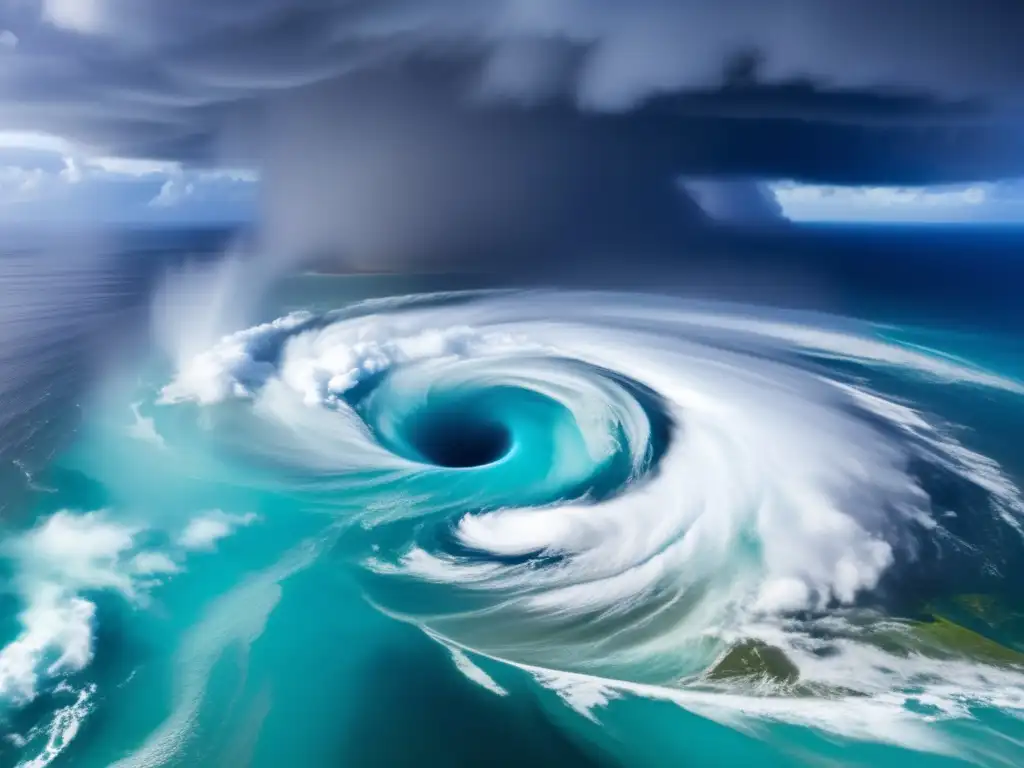
How Hurricanes Are Named and Why
Introduction
Hurricanes are one of the most powerful natural disasters on earth, capable of producing devastating damage and loss of life. Therefore, it is important for people living in hurricane-prone areas to take the necessary precautions to protect themselves and their property. One aspect of hurricanes that many people find fascinating is how they are named and why. In this article, we will explore the history behind hurricane names, the naming conventions, and why these conventions were put in place.
The History Behind Hurricane Names
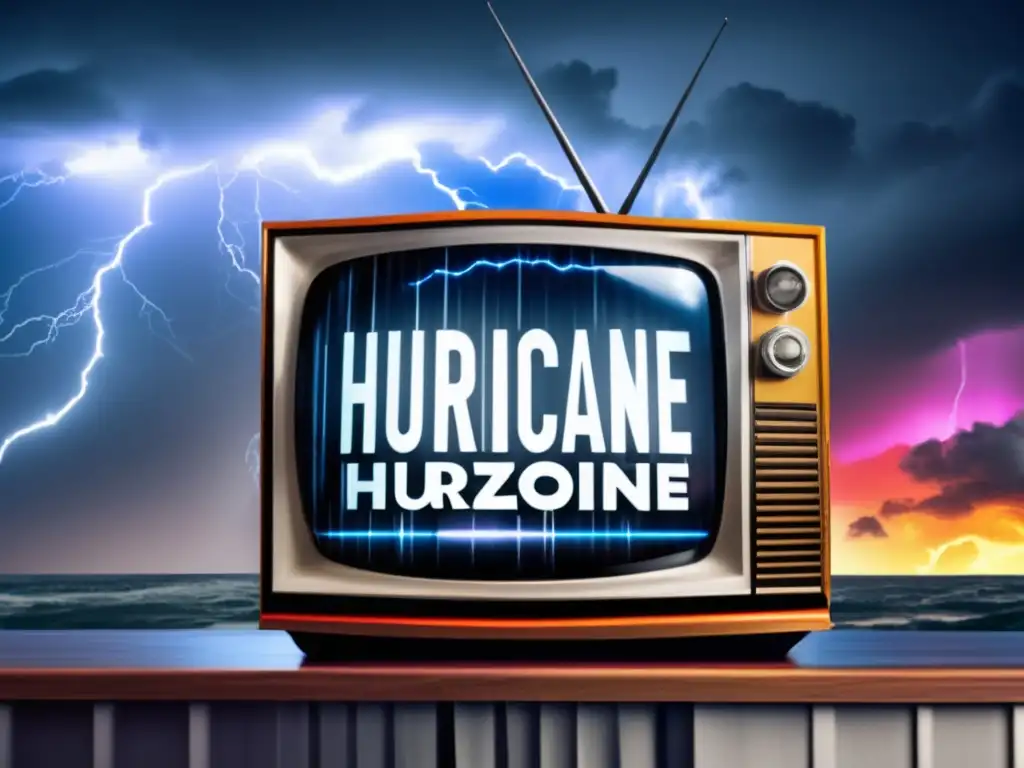
Naming hurricanes has a long and complicated history. Before the advent of modern technology, hurricanes were usually referred to by the name of the location where they made landfall. For example, the Great Galveston Hurricane of 1900 was simply called the Galveston Hurricane.
It wasn't until the 1940s that weather forecasters began using women's names for hurricanes. The first hurricane to be named using this convention was Hurricane Alice, which hit the coast of Texas in 1954. The use of women's names continued until the late 1970s when men's names were added to the list.
The Naming Conventions
Hurricane names are now chosen from a predetermined list of names that are maintained by the World Meteorological Organization. The lists are alphabetical and alternate between male and female names. There are six lists in total, with each list being used in rotation every six years.
There used to be only female names for Atlantic hurricanes, but starting in 1979, male names were added to the list. The practice of naming hurricanes after men and women serves the purpose of easily identifying the storms in communications among forecasters and the general public. Additionally, the process of naming hurricanes aids in soliciting public attention to important storms, particularly those threatening lives and property.
Why Hurricanes Are Named
The primary reason hurricanes are named is for identification purposes. In the past, hurricanes were often identified merely by their geographical location, which led to confusion and difficulty in communication. The use of names has simplified this process.
Naming hurricanes also creates a simple means of referring to a particular storm. Meteorologists and laypeople alike can quickly communicate about a specific hurricane without having to refer to it as “that hurricane off the coast of Florida,” for instance. Moreover, using human names provides a more relatable connection to what can seem like an abstract natural phenomenon.
The Impact of Hurricane Names
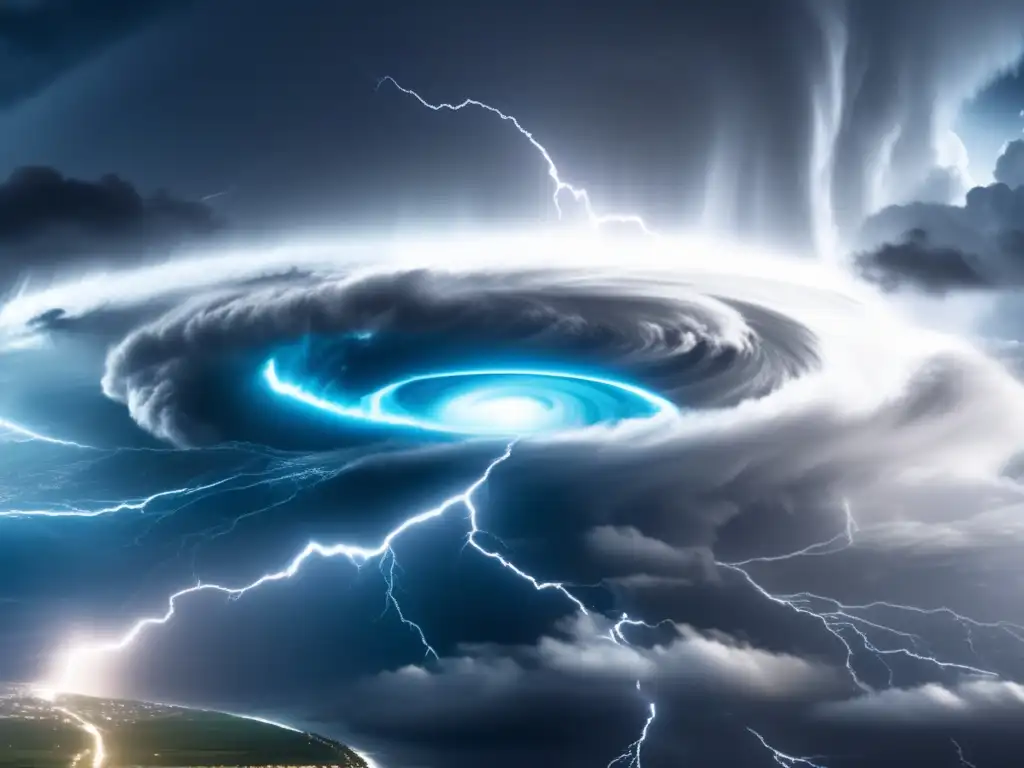
While hurricane names themselves do not have any impact on the behavior or intensity of a storm, they can have an impact on people's perception of the storm. For example, people might take a storm less seriously if it has a benign-sounding name. On the contrary, people might feel more threatened by a storm with a strong or threatening name.
In addition, some people might associate certain names with previous storms that caused significant damage, leading them to take more precautions and evacuate when a hurricane with a similar name is approaching.
Frequently Asked Questions
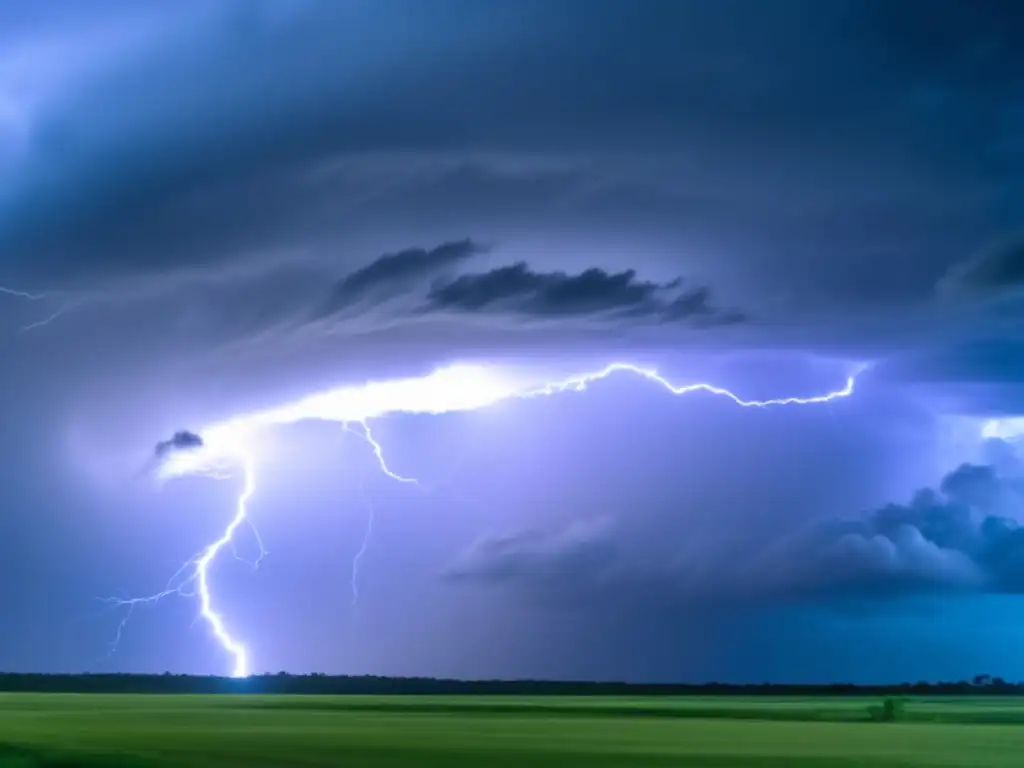
-
Who decides the names of hurricanes?
The World Meteorological Organization is responsible for selecting and maintaining lists of hurricane names.
-
What happens if a hurricane causes significant damage or loss of life?
If a hurricane causes significant damage or loss of life, its name is retired and replaced with a new one.
-
Are there any rules or restrictions for naming hurricanes?
There are several rules and restrictions for naming hurricanes. For example, names cannot start with the letters Q, U, X, Y, or Z, and the names must be easily recognizable and understood in English, Spanish, and French. Additionally, they should not be offensive in any way.
-
How many lists of hurricane names are there?
There are a total of six lists of hurricane names that are rotated every six years.
-
What was the first hurricane to be named using the current convention?
The first hurricane to be named using the current convention was Hurricane Alice, which hit the coast of Texas in 1954.
Conclusion
The history behind hurricane names is fascinating, and understanding the naming conventions can help people better prepare for hurricanes. While the name of a storm itself does not impact its behavior or intensity, it can influence how people perceive and respond to it. It is important to remember that hurricanes can be incredibly dangerous, regardless of their names, and taking the necessary precautions is essential for personal safety.
Additional Resources
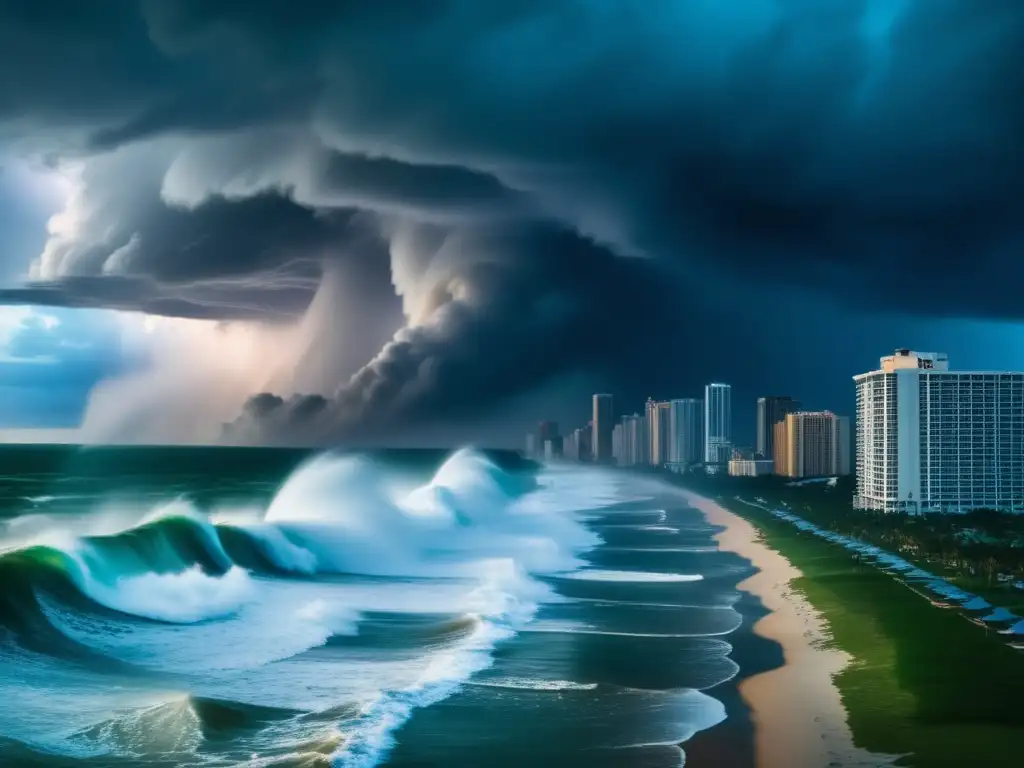
- National Hurricane Center: Tropical Cyclone Naming History and Retired Names
- National Weather Service: Hurricane Names
- World Meteorological Organization: Storm Naming
 The Impact Of Hurricanes On The Fishing Industry
The Impact Of Hurricanes On The Fishing Industry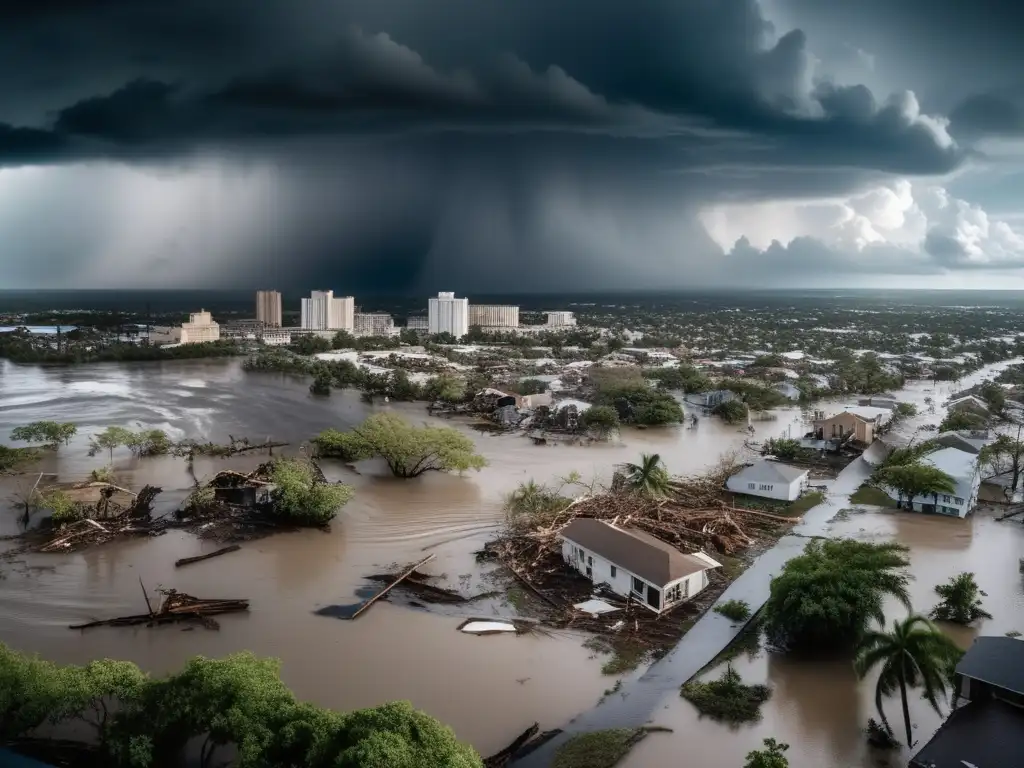 Rebuilding After The Storm: The Social Impact Of Hurricanes
Rebuilding After The Storm: The Social Impact Of Hurricanes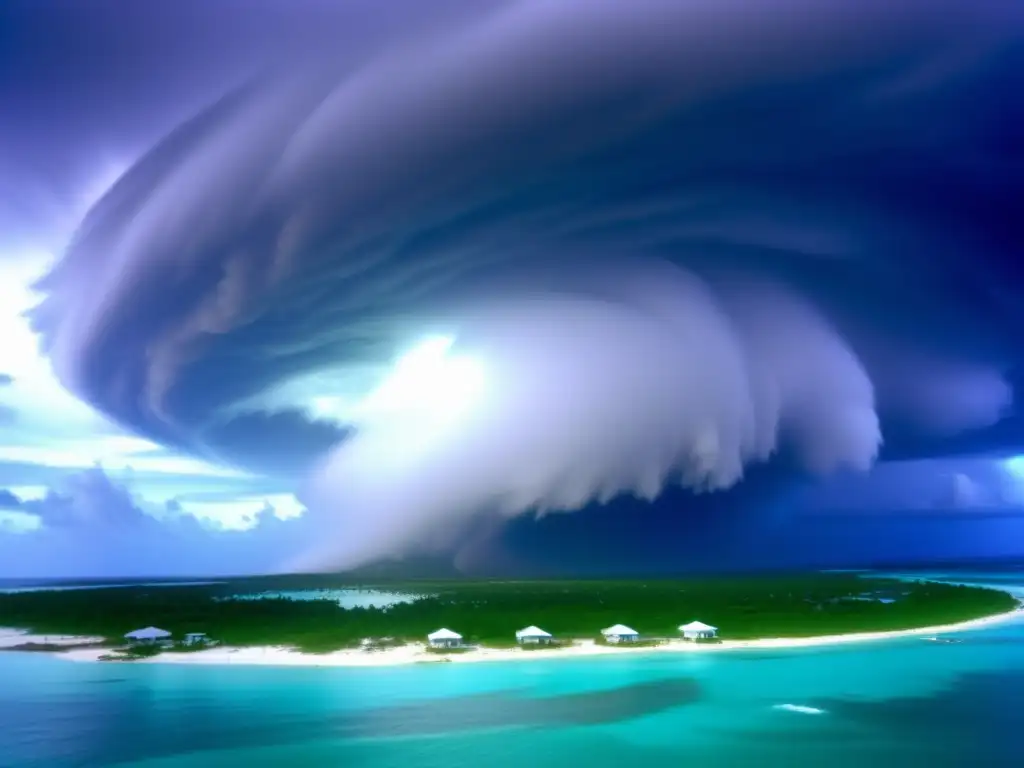 Case Study: The Meteorological History Of Hurricane Andrew
Case Study: The Meteorological History Of Hurricane AndrewIf you want to discover more articles similar to How Hurricanes Are Named And Why, you can visit the Basic knowledge about hurricanes: category.
Leave a Reply

Articulos relacionados: